Rethinking a 'culture of disposability': Docomomo US names 2022 Modernism in America Awards winners
By Josh Niland|
Monday, Sep 12, 2022
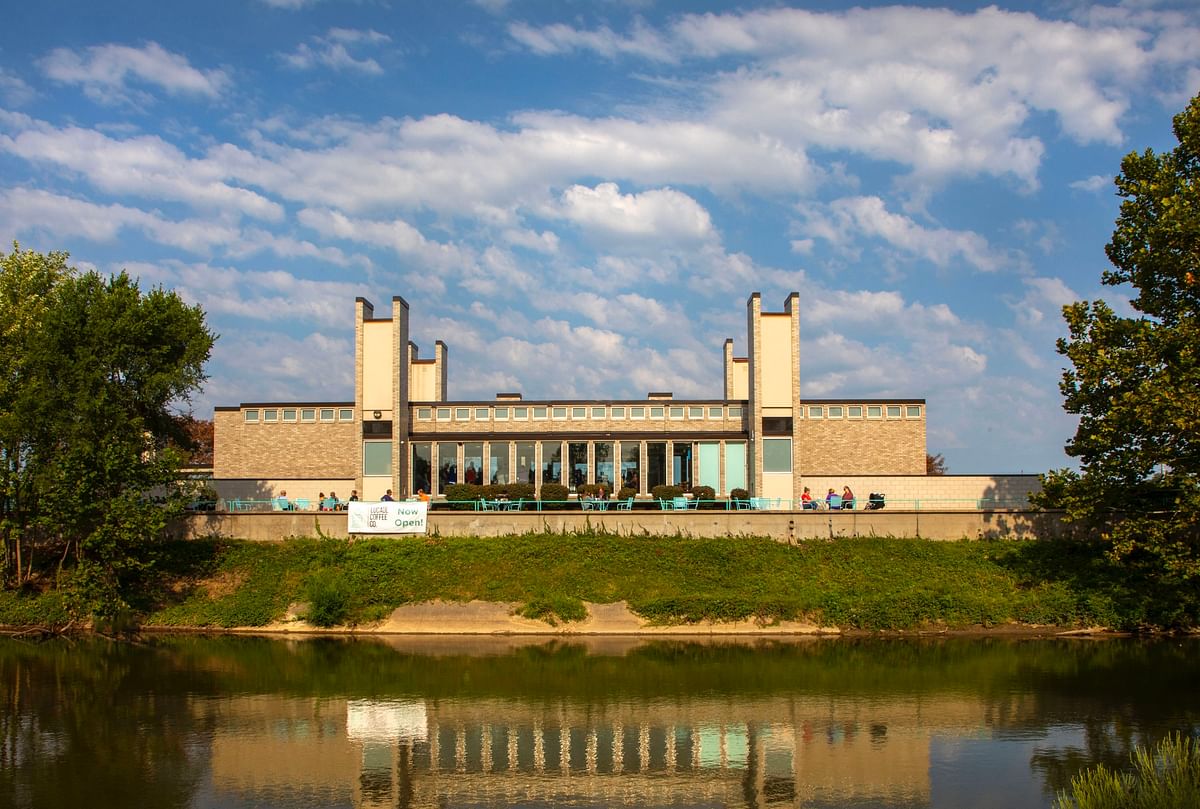
Related
Docomomo US has announced its 2022 Modernism in America Awards winners in recognition of their inspiring commitment to preservation practices resulting in innovations across a broad range of building types and scales. The organization shares that these results are a "testament to the dedication and foresight of those who recognize the value of preserving our modern heritage for everyone."
This year’s list includes the transformation of two seminal Marcel Breuer designs in New Haven and Litchfield County, Connecticut; OTJ and Mecanoo’s important modernization of Mies’ Martin Luther King Jr. Memorial Library in D.C.; and an initiative by the University of Massachusetts to preserve academic buildings on its flagship Amherst and Dartmouth campuses to raise awareness of buildings originally designed by Paul Rudolph, Kevin Roche, Gordon Bunshaft, Edward Durrell Stone, Hideo Sasaki, and several others.
The jury was chaired by Bruner/Cott Architects principal Henry Moss and included University of Michigan professor Caroline Constant; the Getty Conservation Institute's Head of the Buildings and Sites Department Susan Macdonald; New York City-area preservationists Theodore Prudon, Meredith Arms Bzdak, and Angel Ayón of Ayon Studio; and PUSH studio co-founder Glenn LaRue Smith.
The 2022 cycle represents the Awards' 9th overall edition. As with past years, winners were chosen based on their "holistic approaches" and respect for the original intent of their designers. "This year's award winners demonstrate that doing the ‘impossible’ is possible,'" Docomomo US Executive Director Liz Waytkus said in a statement. "These projects represent what we should all be looking for in preservation outcomes: holistic, sustainable, and inclusive design that benefits us all."
View the full list of award-winning projects below.
Design Award of Excellence
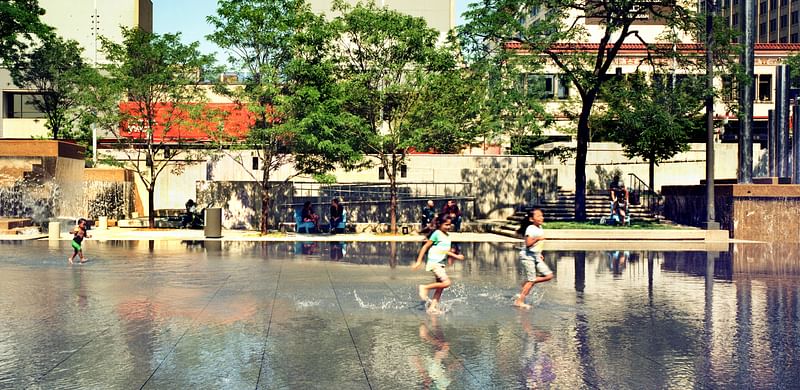
Peavey Plaza
Location: Minneapolis, MN
Original Architect: M. Paul Friedberg
Project Team: Coen+Partners
Jury comments: "A Civic/Institutional Design Award of Excellence is given for the rehabilitation of Peavey Plaza, originally designed by M. Paul Friedberg and Associates and completed in 1975. In 1967, Lawrence Halprin’s Nicollet Mall, a12-block pedestrian and transit mall, set the stage for the abutting site that would become Peavey Plaza. Landscape architect M. Paul Friedberg, a close contemporary of Halprin, conceived the space as the 'living room' of downtown Minneapolis. The result was an iconic sunken plaza that balanced the tranquility of a central reflecting pool with a cascading concrete fountain and active programming that filled the plaza. Over the last decade, the Brutalist fountains had run dry and were slated for demolition. A consortium of local and national advocates, including M. Paul Friedberg himself, successfully convinced the city that the site was worth saving (this effort was recognized with a Docomomo US Advocacy Award of Excellence in 2014). Today, the plaza stands restored to its original splendor with issues of universal access resolved and infrastructure challenges addressed while still retaining the Plaza’s character-defining features."

Hotel Marcel
Location: New Haven, CT
Original Architect: Marcel Breuer
Project Team: Becker + Becker
Jury comments: "A Commercial Award of Excellence is given for the restoration of the Armstrong Rubber Company building, formerly Pirelli Tire and now Hotel Marcel, designed by Marcel Breuer and Robert Gatje and completed in 1970. Hotel Marcel represents the sustainable reuse of an iconic modern structure to suit the needs of today. The structure’s dramatic suspended office block was originally intended to be a symbol of modernity in New Haven, visible from the newly built Interstate 95 while meeting the client’s needs for office and research space. After a portion of the lower level was demolished, local advocates stepped in with a public campaign to encourage the city and its owners to repurpose the remaining building. Hotel Marcel is now projected to be the first Passive House-certified hotel in the United States, operating with zero carbon footprint. This act of re-use at a large scale with a site that was neglected for decades should serve as a case study for others and a call to rethink our culture of disposability."
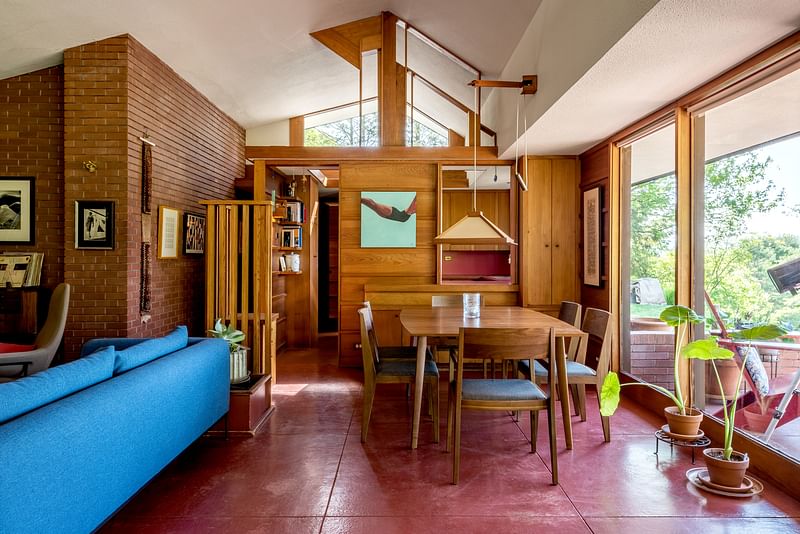
Walter & Sylvia Stockmayer House
Location: Norwich, VT
Original Architect: Allan J. Gelbin
Project Team: Tammy Heesakker and Gregory Russo (with Watershed Studio Architecture, LLC)
Jury comments: "A Residential Design Award of Excellence is given for the restoration of the Walter and Sylvia Stockmayer House from 1961. This rare and well-preserved example of a Usonian design in Vermont represents a harmony of the natural world and the built environment. Key undertakings of the project include: retaining and repairing the kitchen’s tile floors and original red Micarta countertops; repair or in-kind replacement of custom woodwork; restoration of Gelbin-designed custom light fixtures; new roofing; and a partial replacement of the original radiant floor heating system. 'It manages to be contemporary where needed while not falling into trendy midcentury modern redesign pitfalls – it still feels like a 1960’s house,' commented jury member Angel Ayón."
Survey Award of Excellence
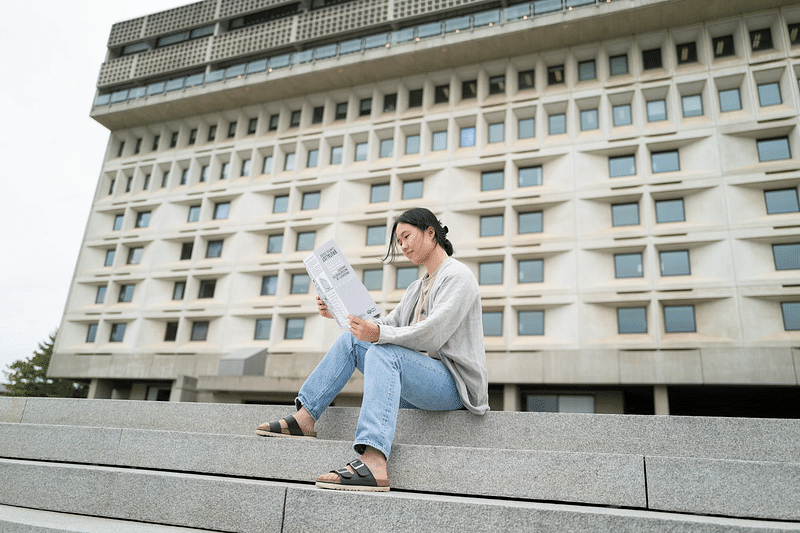
UMassBRUT
Location: Amherst & Dartmouth, MA
Original Architect(s): Paul Rudolph, Marcel Breuer, Kevin Roche, Gordon Bunshaft, Edward Durrell Stone, Hugh Stubbins, Hideo Sasaki, et. al.
Project Team: Rose Mary Botti-Salitsky, PhD, Associate Professor of Interior Architecture and Design, UMass Dartmouth; Allison Cywin, Librarian, UMass Dartmouth; Anna Dempsey, PhD, Professor, Art History Professor, UMass Dartmouth; Marla Miller, PhD, Public History Professor, UMass Amherst; Stephanie McGoldrick, Lecturer of Interior Architecture and Design, UMass Dartmouth; Lincoln Nemetz-Carlson, PhD, Graduate Researcher, UMass Amherst; Ludmilla Pavlova-Gillham, Senior Campus Planner, UMass Amherst; Timothy Rohan, PhD, Art History Professor, UMass Amherst; Shelby Schrank, Intern Architect/Project Designer, Mills + Schnoering Architects & UMass Amherst Alumna; Richard Yeager, Director of Campus Planning, UMass Amherst
Jury comments: "An Inventory/Survey Award of Excellence is given to UMassBRUT, a multidisciplinary campaign led by a faculty, students, staff, and administrators from the University of Massachusetts Amherst and the University of Massachusetts Dartmouth that is diligently reshaping perceptions of Brutalist architecture. By spreading awareness among the campuses and local communities about the value and history of the iconic buildings that fill these environments, the campaign is building support for their conservation and renovation. In the 1960s and 1970s, international luminaries such as Kevin Roche, Marcel Breuer, Edward Durrell Stone, Paul Rudolph, and Hugh Stubbins, among others, created powerful forms that expressed the progressive idealism of the era while simultaneously serving the functional needs of the public universities. Faced with widespread misunderstanding of these buildings, UMassBRUT undertook a variety of initiatives to promote awareness and affection for the schools’ Brutalist legacies, including creating a website and Instagram page, hosting virtual and in-person tours and lectures, organizing a two-day Symposium, and the creation of a printed and virtual guide to the Amherst campus. UMassBRUT is working to ensure that these structures will be fully appreciated by generations of students and community members to come. Jury member Angel Ayón described the effort as 'exemplary and responsible stewardship of a massive educational site. We know the rhetoric they are dealing with – Brutalism is ugly – but they leaned into it and made a case for why it is important. It elevates Brutalism to a new height where it can be recognized for its contribution to 20th-century architecture.'"
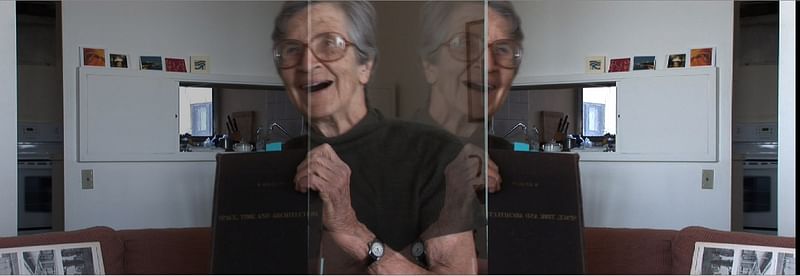
Pioneering Women in American Architecture
Location: New York, NY
Project Team: Cynthia Kracauer, AIA (Creator and Executive Director); Virginia Eskridge (Production Coordinator); Brandi Howell (Producer); Alexandra Lange (Writer); Mary McLeod, Ph.D. and Victoria Rosner, Ph.D. (Humanities Advisors); Roman Jaster (Lead Digital Designer)
Jury comments: "An Advocacy Award of Excellence is given to the Beverly Willis Architecture Foundation’s Pioneering Women in American Architecture project, which has rigorously researched and developed profiles of women who have made important contributions to American architecture. All the women documented in the project were born before 1940, at a time when women struggled to be allowed entry into the architectural profession and to be recognized for their work. As such, the names of many of these women are not well known, even among architectural historians. Through a diverse program of publications, lectures, and the New Angle: Voice podcast, the Beverly Willis Architecture Foundation has creatively developed a varied and dynamic resource to tell the stories of these women. Documenting their lives and works was an enormous task, requiring hundreds of interviews and countless hours digging through archives, as well as endless fact-checking and photographic research. The scholars who worked on these profiles represent one of the largest groups ever to focus exclusively on women’s contributions to the U.S. built environment and to place the work of women squarely at the center of architectural history."

Eugenia Woo
Location: Seattle, WA
Jury comments: "An Advocacy Award of Excellence is given to Eugenia Woo, who has devoted her professional career to the important, and sometimes frustrating, fight to save our modern heritage. As Historic Seattle’s Director of Preservation Services since 2009, she leads the organization’s advocacy efforts, fighting the good fight to 'save Seattle’s soul.' She develops and implements historic preservation policies and initiatives, provides technical assistance, engages in community outreach, and coordinates and leads advocacy efforts, many times for resources that are lesser known: Brutalism, landscapes, and those by unknown designers."
Design Citation of Merit

Martin Luther King Jr. Memorial Library
Location: Washington, D.C.
Original Architect: Mies van der Rohe
Project Team: OTJ and Mecanoo
Jury comments: "The jury awards a Civic/Institutional Design Citation of Merit for the restoration of the Martin Luther King Jr. Library, the only library designed by the pioneering architect Ludwig Mies van der Rohe. The first modernist structure commissioned by the Art Commission of the District of Columbia, it represented a social turning point for a tradition-bound civic definition of architecture in the District. Located in the heart of the downtown area, this ambitious restoration initiative began six years ago with a $500 million investment from local tax dollars to revitalize more than twenty neighborhood libraries across DC, chief among them Mies’ landmark structure, which was suffering from 45 years of deferred maintenance. The rigorous process engaged the public, state and federal agencies, architect Jack Bowman of the original design team, Charles Cassell who led the campaign to name the library after Dr. King, and more. Community feedback emphasized the importance of creating an inclusive, optimistic, and joyful space that honored Dr. King as a champion of DC Home Rule and provided programming that reflected his passions. The restoration respects the powerful simplicity of Mies’ distinctive rectilinear black glass-and-steel aesthetic exterior while applying a complementary and humanizing design idiom on the interior. The library now offers almost 100,000 additional sq. ft. of public space, including co-working spaces, a community service zone, exhibition space, an auditorium, maker space, café, and a rooftop garden."
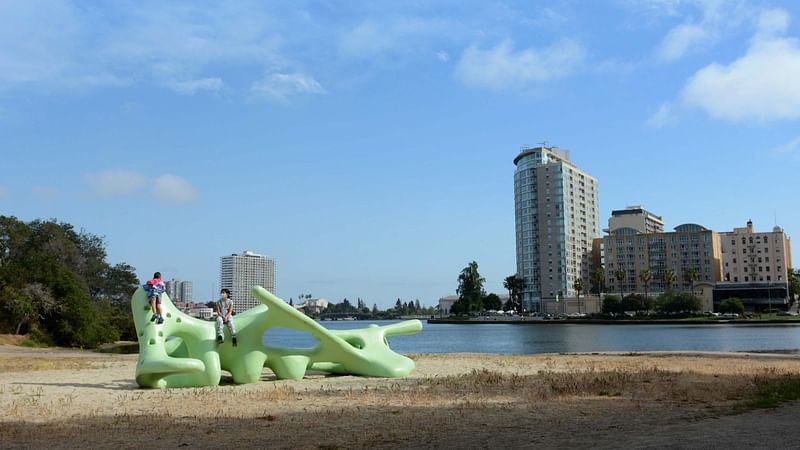
Oakland Monster
Location: Oakland, CA
Original Architect: Robert Winston
Project Team: Page & Turnbull
Jury comments: "The Civic/Institutional Design Citation of Merit is given for the restoration of the Oakland Monster, an important piece of the post-World War II children’s creative play movement. Unimpressed by rusty swing sets and rickety slides, Oakland Parks Superintendent William Penn Mott commissioned local artist and California College of Art instructor Robert Winston to create a public play sculpture reminiscent of his free-form jewelry design. Inspired by Swedish abstract playground design, the 25 ft. long, 7 ft. high, and 10 ft. wide structure offers various soft angles and bends that are perfect for children to play on. Sitting on the shores of Lake Merritt in Oakland, CA, the sculpture had deteriorated to the point where it had lost its colorful green paint and begun to fall apart due to water damage. Because of this, it was fenced off to prevent members of the public injuring themselves on the surface. Thanks to efforts from the local 'Mid-Century Modern Monster' Fan Club and the Lake Merritt Breakfast Club, in coordination with the Oakland Public Works Department, the iconic sculpture has been beautifully restored to its former glory and playfulness. The restoration was consistent with the Secretary of the Interior’s Standards and addressed three main issues: rehabilitating the structure to its original visual condition, allowing it to once again be used safely as a play structure, and reducing the risk of future deterioration."

Gagarin II
Location: Litchfield, CT
Original Architect: Marcel Breuer
Project Team: Kyra and Robertson Hartnett (General Contractors); Sub-contractors: Benovation, Bryant Glass, K&M Hauling, Toledo Masonry, Muecke Inc., Clifford A. Cooper Architecture, TNT Refrigeration, Hearne Hardwoods, Custom Electric, Creative Electric, J&M Plumbing, Slate & Copper Services
Jury comments: "The jury awards a Design Citation of Merit for the restoration of the Gagarin II Residence. Commissioned by Andy and Jamie Gagarin in 1973 and completed in 1974, it is one of the last residences Breuer worked on. The home features a binuclear structure with a butterfly roof that echoes the iconic House in the Garden designed by Breuer for MoMA. Grounding it in its natural surroundings in the rolling hills of Litchfield, the home pays close attention to the use of a limited range of materials such as fieldstone to relate it to its natural surroundings. The owners purchased the home directly from the Gagarin family in 2016. Jamie Gagarin had collaborated closely with Breuer on the design, which gave the new owners access to the home's original blueprints, pictures, and stories. They used these reference materials, elements from Breuer's other work, and conversations with Breuer's architectural partner Bob Gatje, to inform the restoration process. Inappropriate vinyl siding was removed and replaced with tongue and groove wood that maintains visual continuity. Where the original wooden deck had been removed by previous owners, leaving only a concrete slab, the substructure was improved with a gravel bed and drainage system, and the deck was recreated in its exact pattern. A new HVAC system was carefully installed using original blueprints to locate empty areas in the walls to keep the infrastructure concealed."
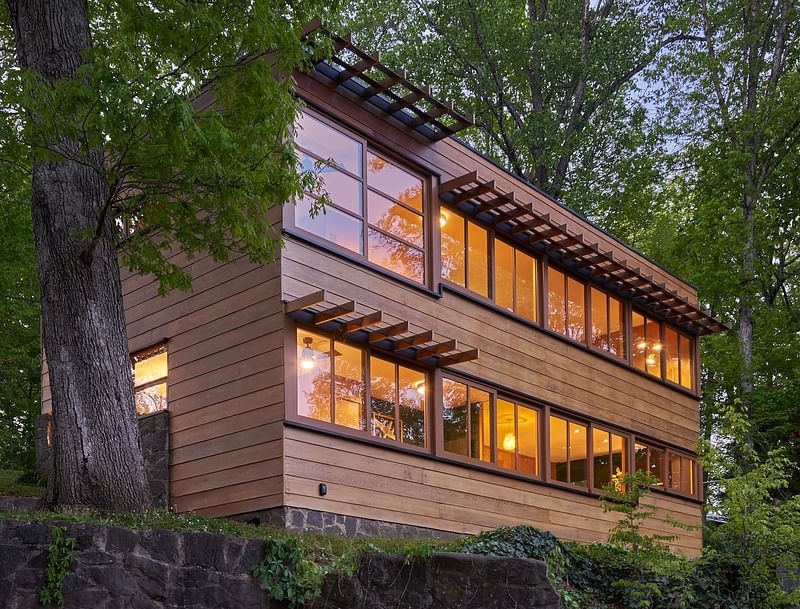
Clauss Haus II at Little Switzerland
Location: Knoxville, TN
Original Architect: Alfred & Jane West Clauss
Project Team: Sanders Pace Architecture
Jury comments: "A Residential Design Citation of Merit is given for the restoration of Clauss Haus II at Little Switzerland, completed in 1941. Clauss Hauss II is an early masterpiece of American modern design, conceived by Alfred and Jane West Clauss, former employees of Mies van der Rohe and Le Corbusier respectively. The pair chose to create a radical new housing development in an unexpected location, the ridge of Brown's Mountain near Knoxville, Tennessee. Although only completing five of the original ten planned houses, the Clauss' development of Little Switzerland is an early and rare example of an enclave of International Style homes in the US. This residence, the second one occupied by the couple, has been extensively renovated since 2015, bringing it back to peak form and preserving the original forward-thinking design. Exemplary efforts were made to retain and restore the redwood doors, window sashes, frames and siding, and replace only as needed. A multi-stage program to remove thick layers of paint from the siding was initiated and will continue as part of a long-term maintenance plan."

Lucabe Coffee Co.
Location: Columbus, IN
Original Architect: Tyler and Alissa Hodge
Project Team: Tyler and Alissa Hodge (Owners, Lead Designers, Construction Project Managers); Abe Skinner, Skinners Custom Construction (Lead Contractor); David Doup, Taylor Brothers Construction (Construction Consultant); Mark & Chisato Daugherty, Daugherty Design Plus (Lead Architects); Richard McCoy and Landmark Columbus Foundation (Consultant); Nading Mechanical (Plumbing & Mechanical); Forster Electric (Electrician); Brian and Linda Tielking, Dan and Sabra Hodge (Construction); Lucabe Coffee Co. Staff; and many other consultants and contractors
Jury comments: "The jury awards a Commercial Design Citation of Merit for Lucabe Coffee Co., originally the Eastbrook Branch of the Irwin Union Bank, located in the modernist city of Columbus, Indiana. Designed by Harry Weese in 1961, the building exemplified the considerations of the Motor Age, featuring four drive-through windows and a large parking area just outside of a major arterial road. Owners Alissa and Tyler Hodge fell in love with the building when they first moved to Columbus, and with the recent proliferation of biking and pedestrian paths in the area, they saw an opportunity to adaptively reuse the unique structure as a new coffee house and gathering space for the community. The floor in particular, was an achievement. Tyler led the efforts overnights and weekends to remove carpeting and multiple layers of glue. The beauty of the green-tinted slate floor was restored, and it is now the centerpiece of the building. One of the four large tower elements required structural engineers and skilled tradespeople to restore its drive-thru functionality, and the bank vault was transformed into a children’s area. Throughout the process, Landmark Columbus Foundation helped guide the owners and connect them with qualified professionals."
Survey Citation of Merit
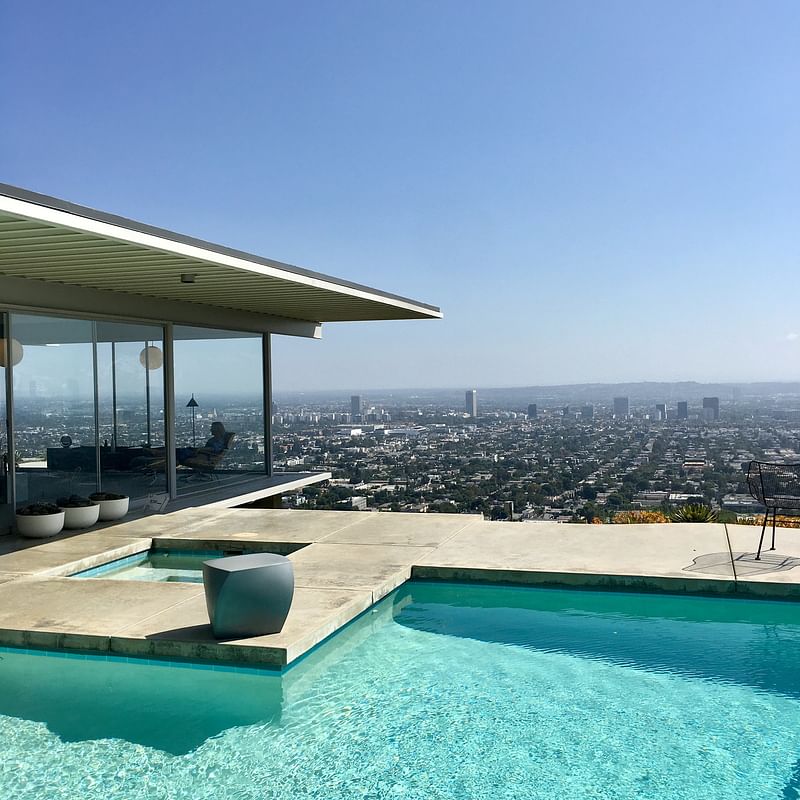
SurveyLA Historic Context Statement – L.A. Modernism, 1919-1980
Location: Los Angeles, CA
Project Team: Architectural Resources Group (Project Lead and Principal Author): Katie Horak, Andrew Goodrich
Jury comments: "The jury awards an Inventory/Survey Citation of Merit for the SurveyLA Historic Context Statement – L.A. Modernism, 1919-1980. SurveyLA is a one-of-a-kind endeavor, diving deep into the history of the built environment in Los Angeles and how it has shaped the city and region. It is the largest and most comprehensive survey of historic resources completed by an American city to date. The Historic Context Statement on L.A. Modernism explores the maturation of modernism across Los Angeles and how this style came to define our concept of the city. Through intense survey work, this project tracks the development of Prewar styles, Postwar styles, and architectural responses to both, featuring works from prolific architects such as Frank Lloyd Wright, Irving Gill, Richard Neutra, and many others. This compendium is easily accessible through the Department of City Planning and is written on a level that all enthusiasts of modern architecture can understand and enjoy. Given the lack of context statements for modern resources at state and municipal levels country-wide, SurveyLA is a model for others to follow."
Learn more about this year's winners here.


Share
0 Comments
Comment as :